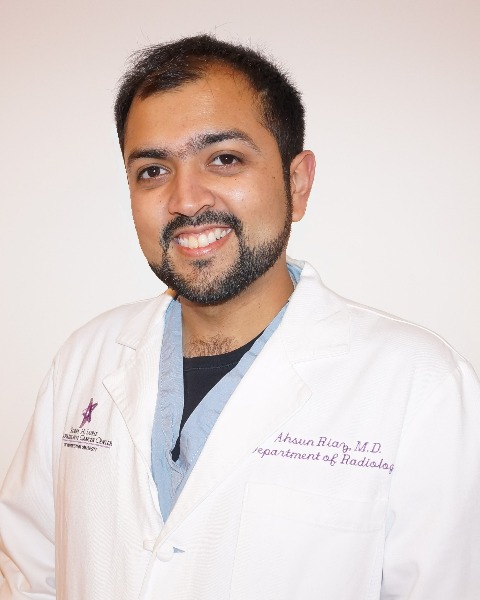Dialysis Interventions and Transplant Interventions
The Role of Interventional Radiology in the Management of Non-Vascular Post-Liver Transplant Complications

Asad Malik, MD
Clinical Research Fellow
Northwestern UniversityDisclosure(s): No financial relationships to disclose
- MP
Muhammed Ebrahim Patel, MD
Research Fellow
Northwestern University 
Riad Salem, MD
Chief of Vascular and Interventional Radiology in the Department of Radiology
Northwestern Memorial Hospital
Ahsun Riaz, MD
Interventional Radiologist
Northwestern University
Abstract Presenter(s)
Author/Co-author(s)
1. Review biliary complications that can occur post-liver transplantation (LT) and the procedures performed by interventional radiology (IR) to relieve biliary strictures and bile leaks.
Background:
LT is the definitive treatment for end-stage liver disease. Improvements in surgical technique, immunosuppressive therapy, complication management and careful patient selection are credited for gradual increases in 1- and 3-year LT survival rates; 91% and 83%, respectively. Despite these advances, non-vascular post-LT complications remain a major cause of morbidity and mortality. Non-vascular complications include biliary stricture, bile leak, bile duct stones/sludge, biloma, and cholangitis. Biliary strictures can be anastomotic or non-anastomotic. Underlying risk factors for anastomotic biliary strictures include living donor transplants (owing to the relatively smaller caliber and increased number of biliary ducts), presence of a T-tube, concurrent ischemia, and biliary-enteric anastomosis. These strictures often present within 1-year-post liver transplant with jaundice, abdominal pain, and abnormal liver function tests.
Clinical Findings/Procedure Details:
While endoscopic retrograde cholangiopancreatography (ERCP) is the first-line treatment for biliary complications, complex post-surgical anatomy, and patient clinical factors may render the biliary system inaccessible to an endoscopic approach. In these instances, percutaneous biliary access (transhepatic or transjejunal) performed by IR is crucial. Percutaneous treatments performed by IR to decompress the biliary system include percutaneous transhepatic biliary drainage (PTBD), cholangioplasty and stenting. PTBD has technical success rates of 78-83% in the post-LT patient cohort and experiences primary patency rates of 55%, comparable to that achieved by ERCP. There has been a recent focus on the use of cholangioscopy by IR and the use of cholangioplasty, laser stricturotomy, and endobiliary ablation to improve technical success and improve patency. Percutaneous biliary hygiene for ischemic cholangiopathy or recurrent primary sclerosing cholangitis will also be discussed.
Conclusion and/or Teaching Points:
IR is a crucial part of the multi-disciplinary team and offers minimally invasive therapies that are effective and safe in patients resistant to or unable to undergo ERCP or surgical revision. Here, we review cases of percutaneous management of post-LT biliary complications and highlight lessons to be gleaned from our institutional experience.

.jpg)
.png)
.png)
.png)
.png)
.png)
.jpg)
.png)
.jpg)